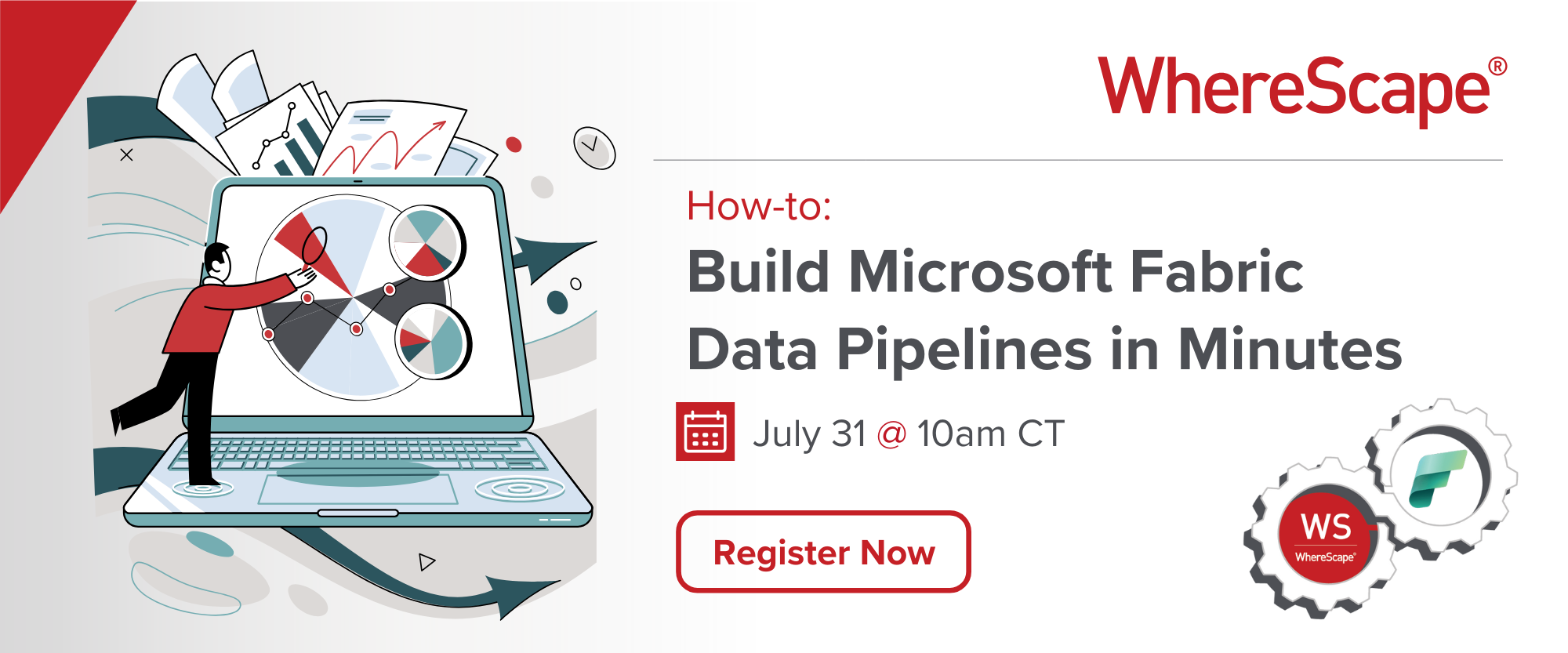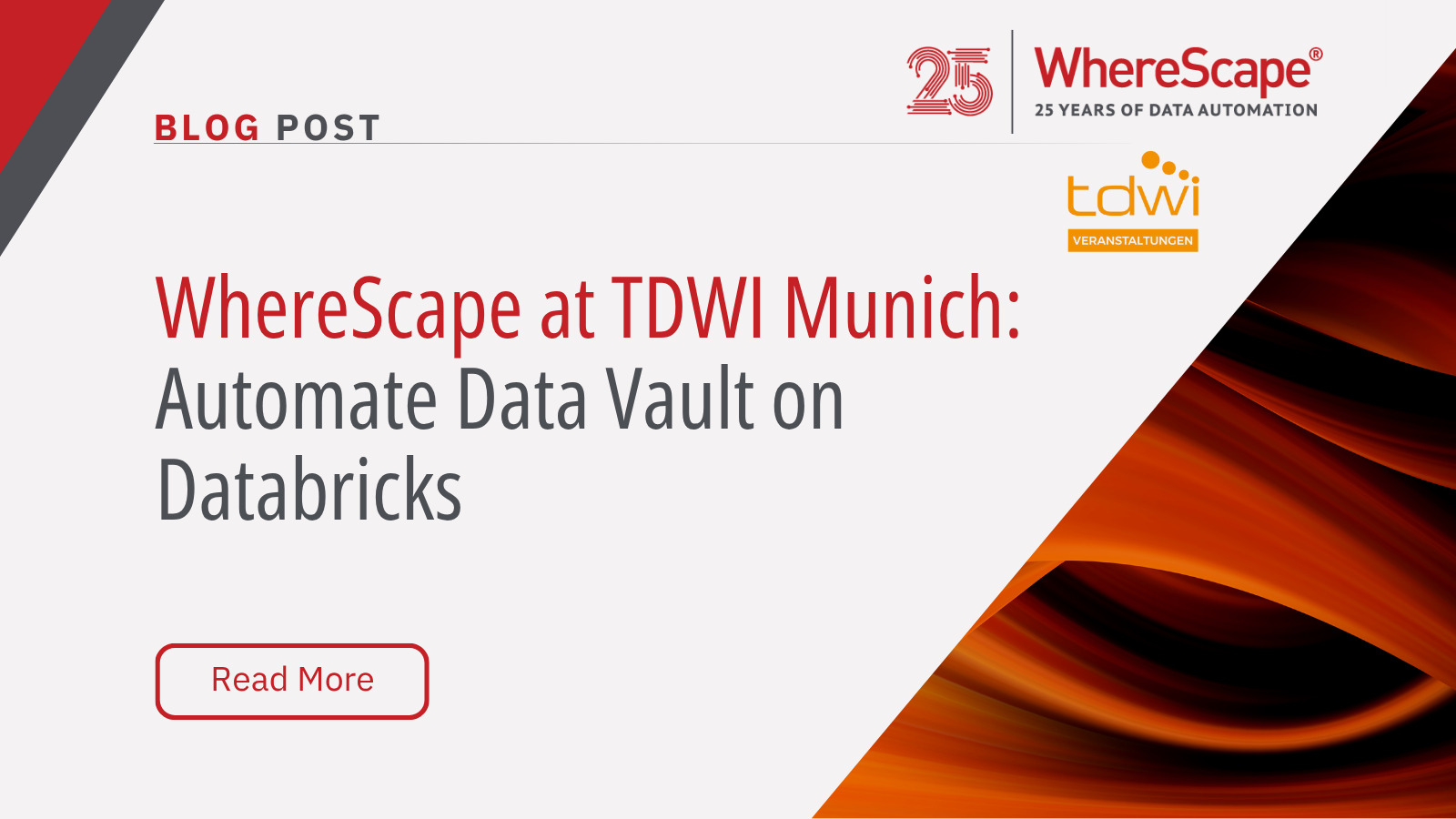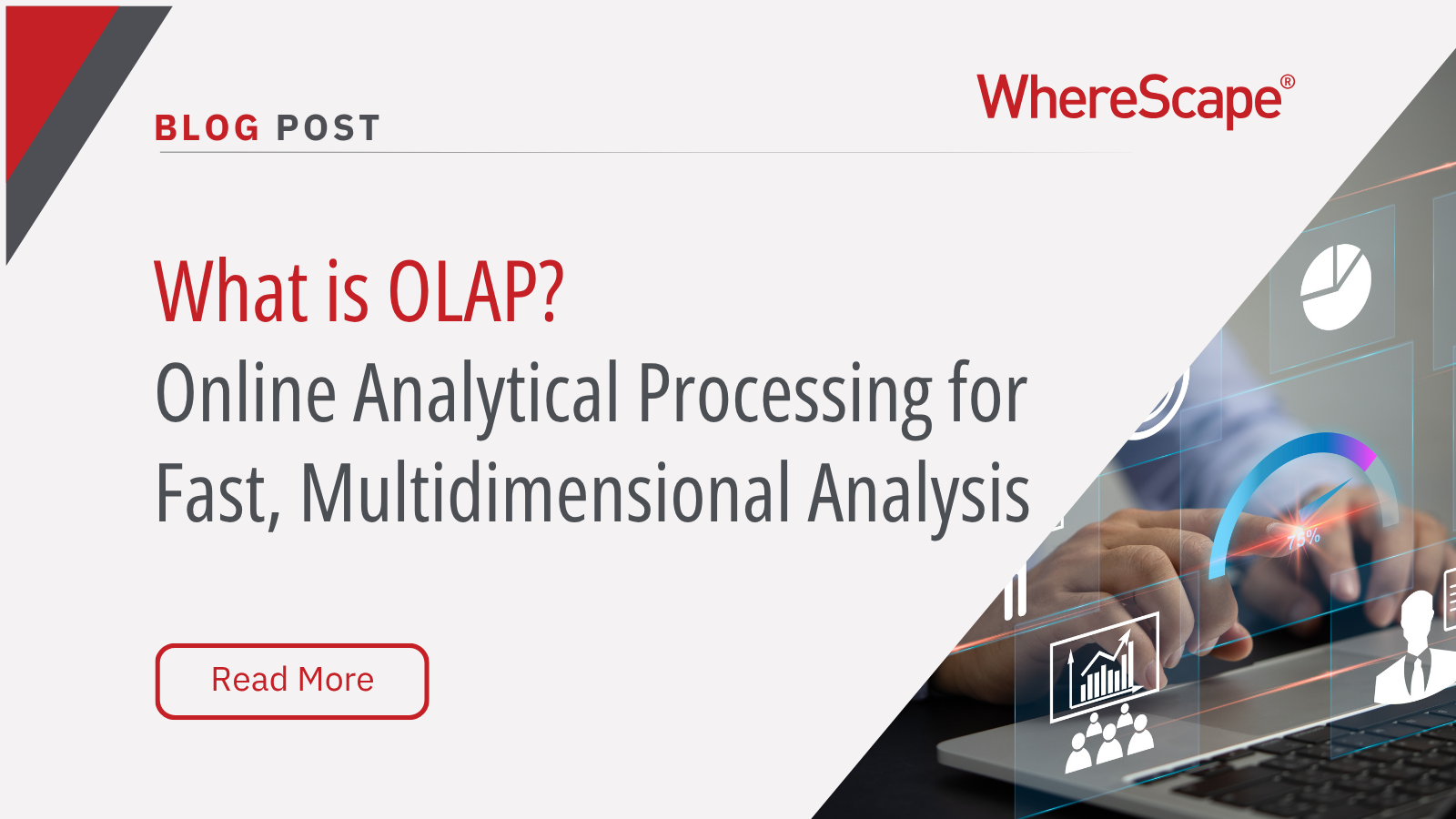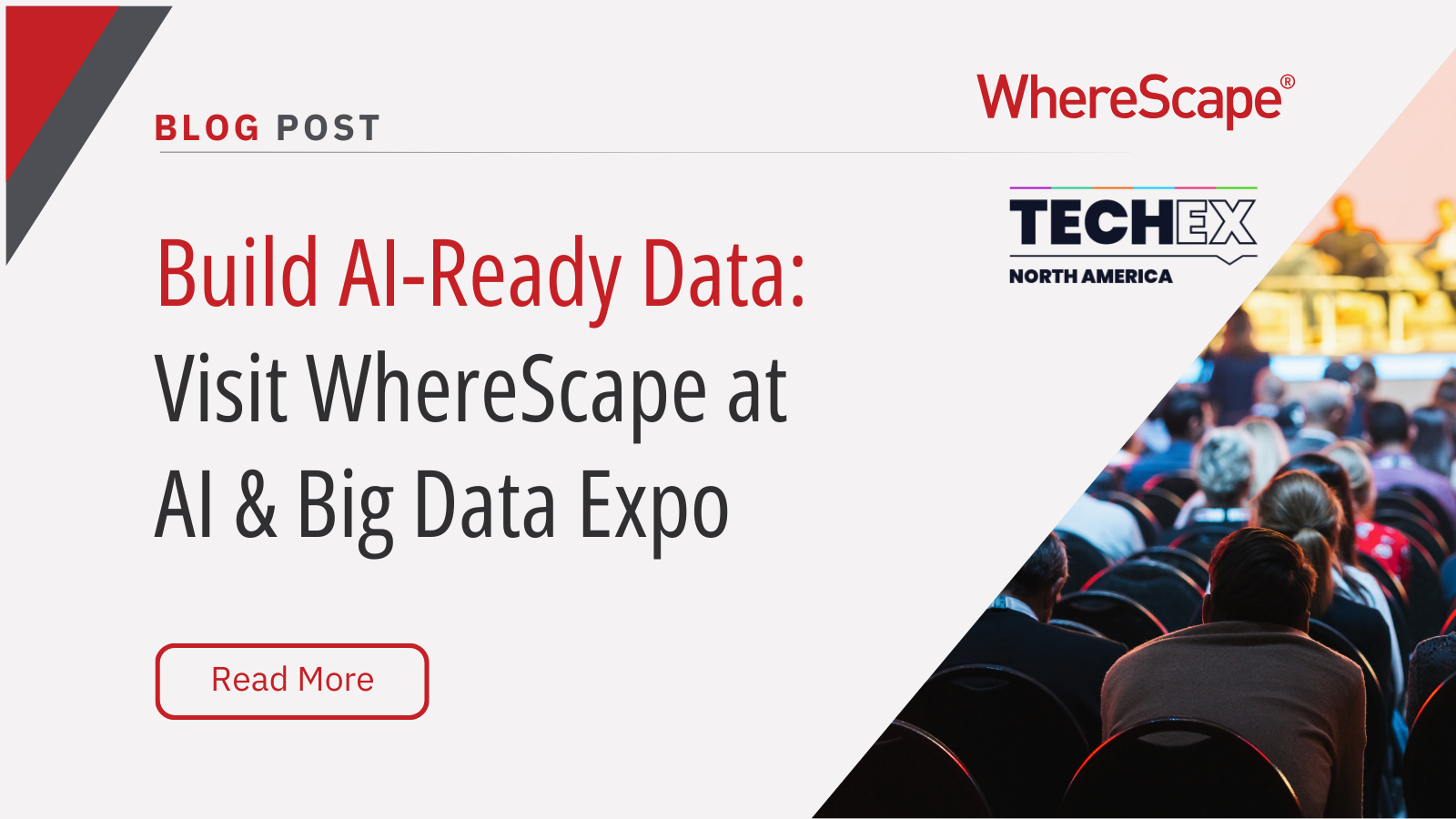Join our fast-and-friendly virtual tour to...
Data Vault 2.0 Resources
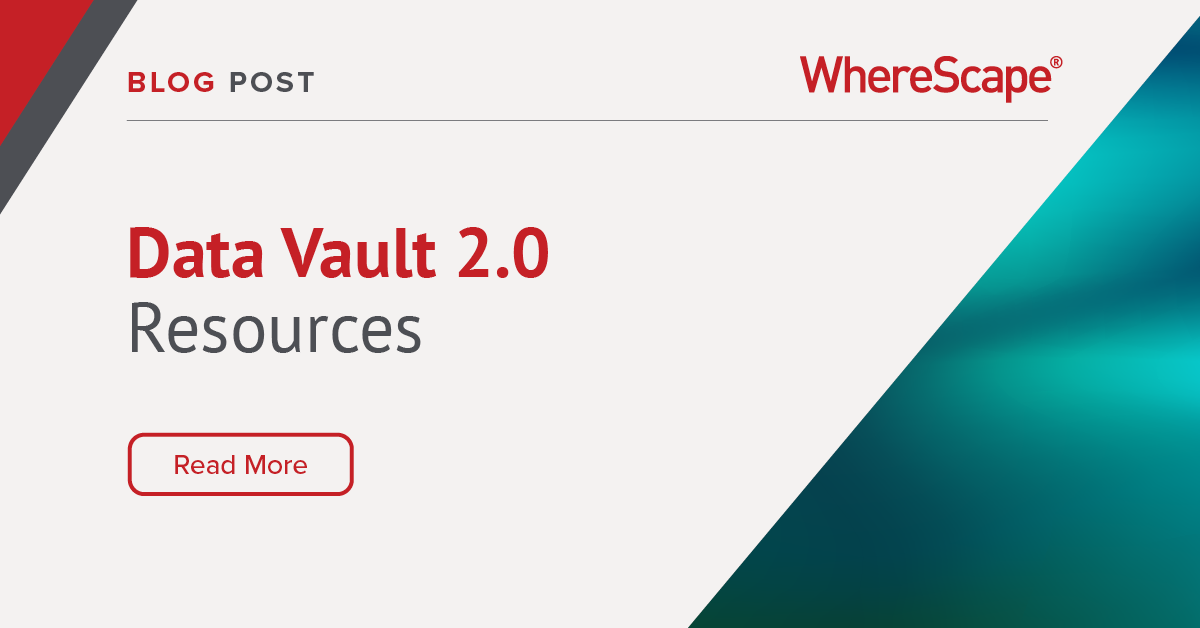
Data Vault Revisited: A Six-Year Journey into the Secure Data Repository
In 2017, Dr. Barry Devlin provided valuable insights about Data Vaults, a concept that sparked interest among businesses and IT professionals. Data Vaults were envisioned as secure repositories for core data assets, designed to provide easy access for business users. As we reflect on the past six years, we find it intriguing to reevaluate some of those insights, understand the evolutionary changes, and speculate on the future trajectory of this technology.
Data Vault Implementation
Breaking into a Data Vault: The IT-Business Bridge
The first in the series, “Breaking into a Data Vault,” underscores the necessity of making Data Vaults readily accessible to business users. It highlights the importance of bridging the divide between IT and business, an often widened chasm due to IT’s engineering focus. This concept is even more relevant today. As data becomes the central pillar of decision-making, the ability of business users to effortlessly navigate and utilize data is paramount.
The vision of business users owning the Data Vault has gradually progressed, but the journey continues as tools and methodologies for achieving this goal have evolved. While solutions like WhereScape® were instrumental then and remain critical today, the current technology landscape hosts even more advanced tools. These new technologies leverage Artificial Intelligence and Machine Learning to simplify data discovery, ensure quality checks, and facilitate analytics.
Data Vault DevOps
Locking in a Data Vault: Automation and Consistency
The second blog, “Locking in a Data Vault,” addresses developers’ challenges while adjusting to new design approaches and agile business requests. It suggests using data warehouse automation (DWA) and encoded templates to maintain consistency and guarantee comprehensive documentation.
The principles outlined in this blog remain valid. However, advanced automation technologies, including AI-driven development and DevOps practices, have revolutionized how these principles are implemented. Today, developers are not merely securing success but propelling it forward, thanks to these advancements.
Data Vault Operations
Living in a Data Vault: Agility and Metadata
The final blog, “Living in a Data Vault,” discusses the ongoing process of maintaining a Data Vault. It emphasizes the importance of agility and metadata amidst continual business changes. Today, these principles have been magnified by the exponential growth of data and its sources, making the Data Vault more intricate yet indispensable. More sophisticated data management platforms have augmented tools like WhereScape®, which automated the design-to-delivery process. These new platforms offer real-time insights, advanced data governance, and data lineage capabilities, making a living in a Data Vault an integral aspect of business operations.
Data Vault 2.0
The Future of Data Vaults
Reflecting on these blogs six years later, it is evident that while the foundational principles of Data Vaulting persist, the tools and methodologies for achieving them have considerably advanced. Today’s Data Vaults are more innovative, faster, and more intertwined with business operations than ever.
As we gaze into the future, we anticipate Data Vaults to become even more user-friendly and intelligent, with AI capabilities making data discovery and analytics a breeze. We can also expect an increased collaboration between business users and IT from the design phase, cultivated by agile methodologies and collaborative platforms.
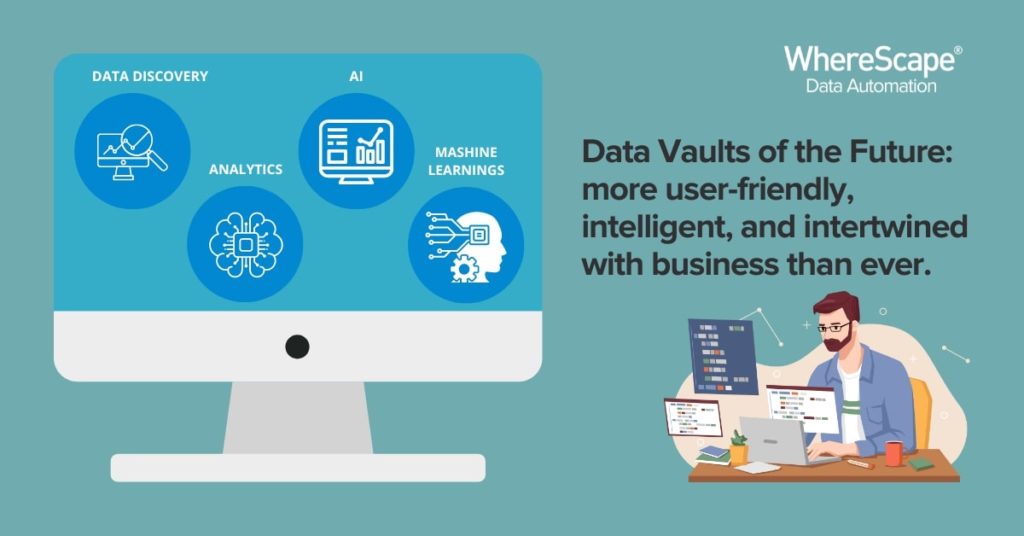
In conclusion, the journey into the Data Vault has only just begun. As technology evolves, the promise of a secure, easily accessible, and business-owned data repository is gradually coming to life.
To learn more about the future of Data Vaulting, read our latest blogs:
- Understanding Data Vault 2.0 and How to Avoid Pitfalls During Implementation
- Unlocking the Benefits of Auditability and Adaptability with Data Vault 2.0
or watch our webcast: Why Data Vault is Worth the Investment? By Dan Linstedt.
Data Vault Express
Get started with WhereScape’s Data Vault 2.0
Understanding the common pitfalls often encountered in Data Vault projects is essential for success. Early decisions in your architecture can have far-reaching implications. If you weren’t able to attend the live event, we invite you to watch the webcast recording. WhereScape hosted Kevin Marshbank in a detailed discussion about starting right and avoiding the pitfalls of implementing Data Vault 2.0. This invaluable resource is available for you to learn from the experts at your convenience!
WhereScape at TDWI Munich: Automate Data Vault on Databricks
WhereScape at TDWI Munich 2025: Automate a Full Data Vault on Databricks in Just 45 Minutes June 24–26, 2025 | MOC Munich, Germany As data complexity grows and business demands accelerate, scalable and governed data architectures are no longer optional—they're...
What Is OLAP? Online Analytical Processing for Fast, Multidimensional Analysis
Streamline your data analysis process with OLAP for better business intelligence. Explore the advantages of Online Analytical Processing (OLAP) now! Do you find it challenging to analyze large volumes of data swiftly? A Forrester study reveals that data teams spend...
Build AI-Ready Data: Visit WhereScape at AI & Big Data Expo
June 4–5, 2025 | Booth 202 | Santa Clara Convention Center As organizations scale their artificial intelligence and analytics capabilities, the demand for timely, accurate, governed, and AI-ready data has become a strategic priority. According to Gartner, through...
Automating Star Schemas in Microsoft Fabric: A Webinar Recap
From Data Discovery to Deployment—All in One Workflow According to Gartner, data professionals dedicate more than half of their time, 56%, to operational tasks, leaving only 22% for strategic work that drives innovation. This imbalance is especially apparent when...
What is a Data Model? How Structured Data Drives AI Success
What is a data model? According to the 2020 State of Data Science report by Anaconda, data scientists spend about 45% of their time on data preparation tasks, including cleaning and loading data. Without well-structured data, even the most advanced AI systems can...
ETL vs ELT: What are the Differences?
In working with hundreds of data teams through WhereScape’s automation platform, we’ve seen this debate evolve as businesses modernize their infrastructure. Each method, ETL vs ELT, offers a unique pathway for transferring raw data into a warehouse, where it can be...
Dimensional Modeling for Machine Learning
Kimball’s dimensional modeling continues to play a critical role in machine learning and data science outcomes, as outlined in the Kimball Group’s 10 Essential Rules of Dimensional Modeling, a framework still widely applied in modern data workflows. In a recent...
Automating Data Vault in Databricks | WhereScape Recap
Automating Data Vault in Databricks can reduce time-to-value by up to 70%—and that’s why we hosted a recent WhereScape webinar to show exactly how. At WhereScape, modern data teams shouldn't have to choose between agility and governance. That's why we hosted a live...
WhereScape Recap: Highlights From Big Data & AI World London 2025
Big Data & AI World London 2025 brought together thousands of data and AI professionals at ExCeL London—and WhereScape was right in the middle of the action. With automation taking center stage across the industry, it was no surprise that our booth and sessions...
Why WhereScape is the Leading Solution for Healthcare Data Automation
Optimizing Healthcare Data Management with Automation Healthcare organizations manage vast amounts of medical data across EHR systems, billing platforms, clinical research, and operational analytics. However, healthcare data integration remains a challenge due to...
Related Content
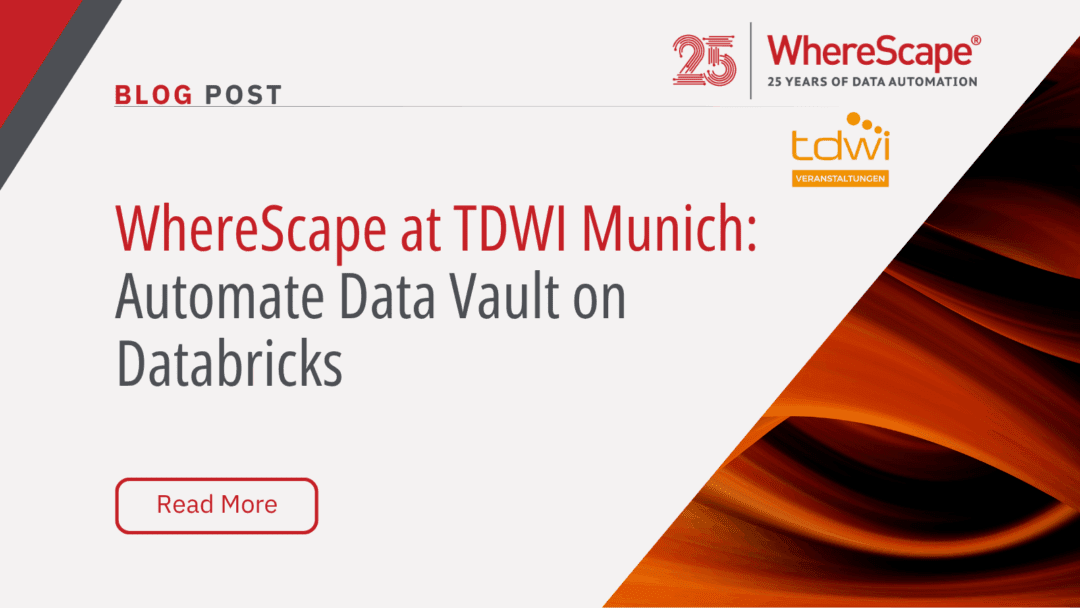
WhereScape at TDWI Munich: Automate Data Vault on Databricks
WhereScape at TDWI Munich 2025: Automate a Full Data Vault on Databricks in Just 45 Minutes June 24–26, 2025 | MOC Munich, Germany As data complexity grows and business demands accelerate, scalable and governed data architectures are no longer optional—they're...
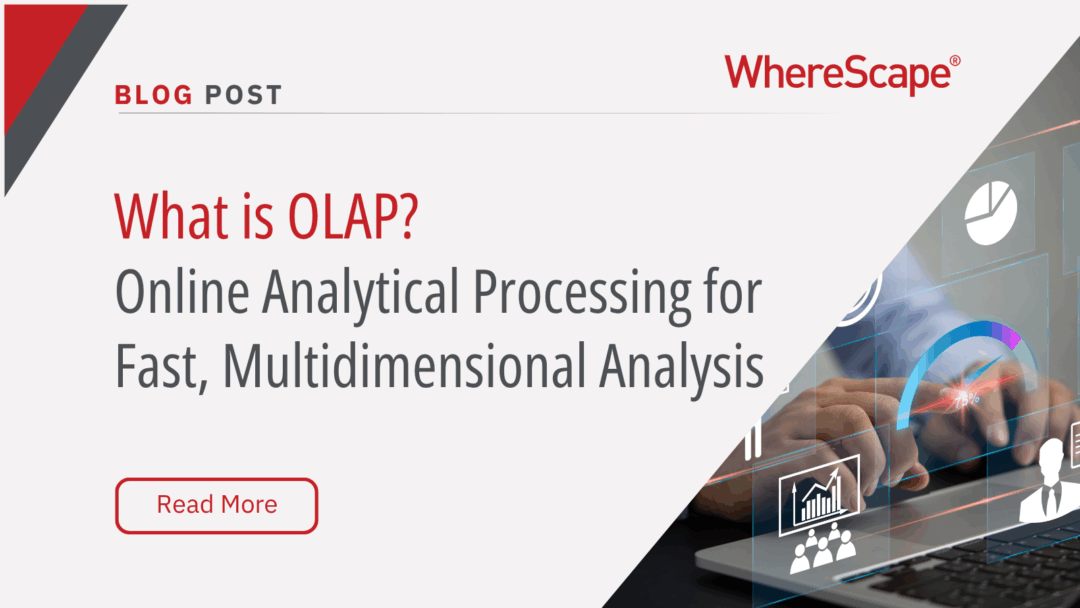
What Is OLAP? Online Analytical Processing for Fast, Multidimensional Analysis
Streamline your data analysis process with OLAP for better business intelligence. Explore the advantages of Online Analytical Processing (OLAP) now! Do you find it challenging to analyze large volumes of data swiftly? A Forrester study reveals that data teams spend...
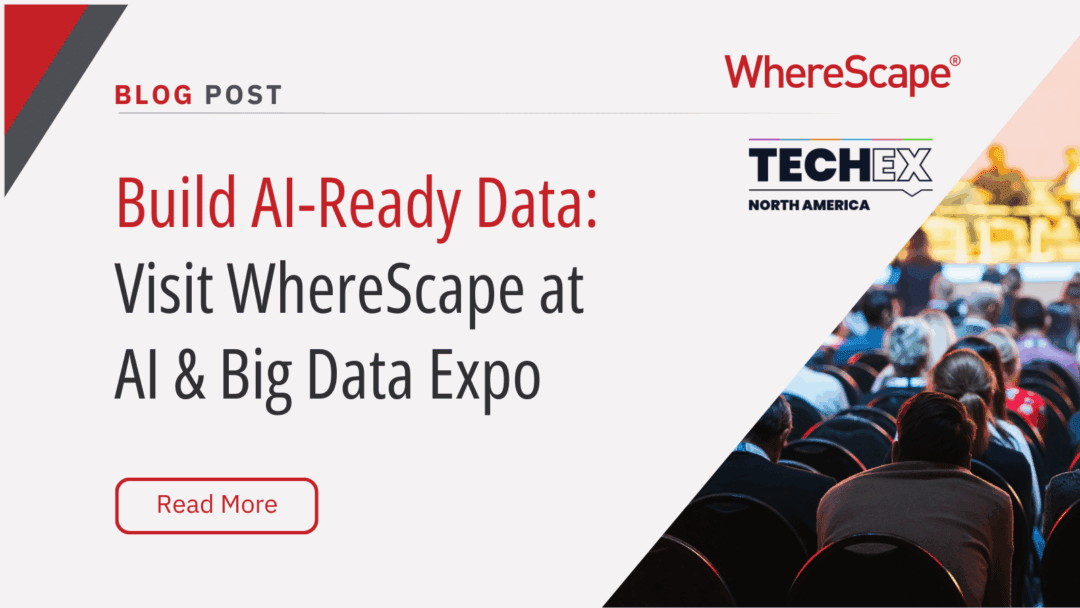
Build AI-Ready Data: Visit WhereScape at AI & Big Data Expo
June 4–5, 2025 | Booth 202 | Santa Clara Convention Center As organizations scale their artificial intelligence and analytics capabilities, the demand for timely, accurate, governed, and AI-ready data has become a strategic priority. According to Gartner, through...
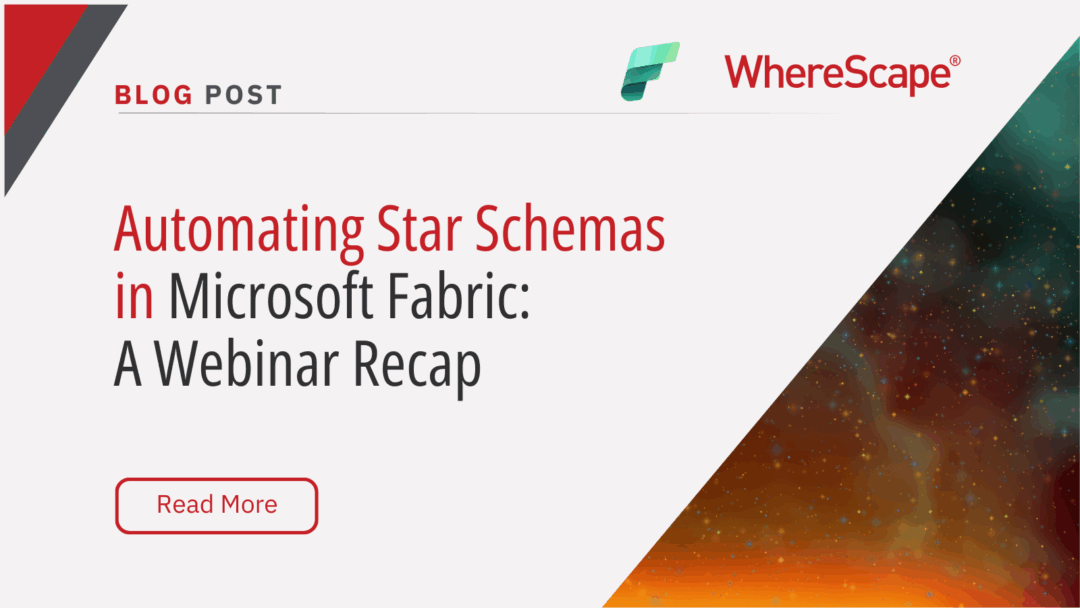
Automating Star Schemas in Microsoft Fabric: A Webinar Recap
From Data Discovery to Deployment—All in One Workflow According to Gartner, data professionals dedicate more than half of their time, 56%, to operational tasks, leaving only 22% for strategic work that drives innovation. This imbalance is especially apparent when...

